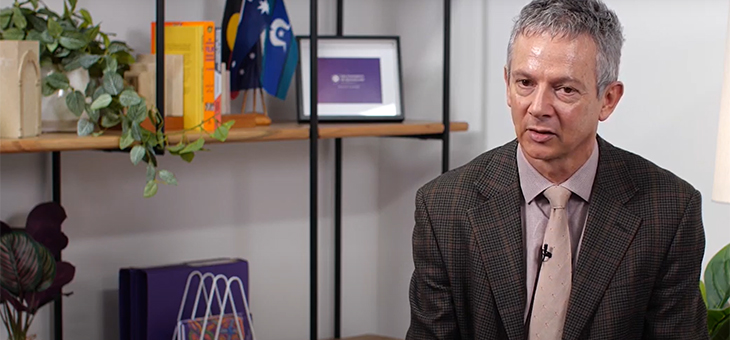Australian researchers have discovered a new treatment that could revolutionise the way we overcome some of the detrimental effects of ageing and dementia.
The problem for most of the current treatments for dementia and Alzheimer’s disease is breaking through the blood-brain barrier without doing any permanent damage.
The researchers from the Queensland Brain Institute (QBI), part of the University of Queensland’s health unit, have found that they could use ultrasound to overcome this problem.
Read more: Six ways to slow Alzheimer’s disease
Professor Jurgen Gotz and his research team were able to use low-intensity ultrasound to effectively restore cognition without opening the blood-brain barrier in mice and believe they will be able to replicate this in humans.
The findings provide a potential new avenue for the non-invasive technology and will help clinicians tailor medical treatments that consider an individual’s disease progression and cognitive decline.
“Historically, we have been using ultrasound together with small gas-filled bubbles to open the almost-impenetrable blood-brain barrier and get therapeutics from the bloodstream into the brain,” Prof. Gotz said.
Read more: US approves first Alzheimer’s drug in 18 years
The new research involved a designated control group that received ultrasound without the barrier-opening microbubbles.
“The entire research team was surprised by the remarkable restoration in cognition,” Prof. Gotz said.
“We conclude therapeutic ultrasound is a non-invasive way to enhance cognition in the elderly.”
Read more: Simple blood and memory test to diagnose Alzheimer’s
Prof. Gotz said the brain was “not particularly accessible”, but ultrasound provided a tool for overcoming challenges like the blood-brain barrier.
“Using ultrasound could enhance cognition independently of clearing amyloid and tau, which form plaques and tangles in people with Alzheimer’s disease,” he said.
“Microbubbles will continue to be used in combination with ultrasound in ongoing Alzheimer’s research.”
About 400,000 people in Australia have dementia and numbers are projected to increase to one million by 2050, with ageing the single biggest risk factor.
Previous research has shown the long-term safety of ultrasound technology and that pathological changes and cognitive deficits could be improved by using ultrasound to treat Alzheimer’s disease.
Prof. Gotz said there were still questions about the differences between normal ‘physiological’ ageing and the ‘pathological’ ageing that happens in Alzheimer’s disease.
“We believe there may be some overlap between physiological and pathological ageing in the brain and the potential for this to be corrected with ultrasound is meaningful for those living with Alzheimer’s disease,” he said.
“We are taking these findings and implementing them in our Alzheimer’s research as we go forward to clinical trials.”
Watch Prof. Gotz explain the research breakthrough below:
What do you think of this latest breakthrough? Why not share your thoughts in the comments section below?
If you enjoy our content, don’t keep it to yourself. Share our free eNews with your friends and encourage them to sign up.

